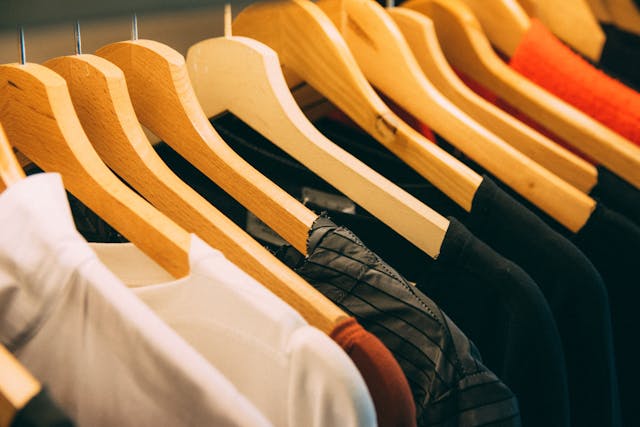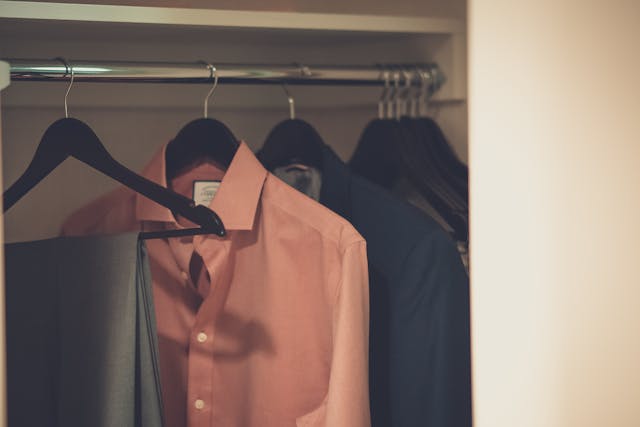The Rise of Gender-Neutral Fashion: Breaking Traditional Boundaries
Fashion has long been defined by rigid categories of “men’s” and “women’s” clothing. Today, gender-neutral fashion is challenging these norms, offering styles that are inclusive, versatile, and expressive. Designers, brands, and consumers are embracing clothing that prioritizes individuality over traditional gender expectations.

What Is Gender-Neutral Fashion?
Gender-neutral fashion, also called unisex fashion, refers to clothing designed to be worn by anyone, regardless of gender. These pieces often feature simple cuts, versatile silhouettes, and neutral colors, but the focus is on freedom of expression rather than adhering to traditional norms.
The movement goes beyond clothing—it also encompasses marketing, advertising, and retail experiences that avoid reinforcing gender stereotypes.
Why the Trend Is Growing
Several factors contribute to the rise of gender-neutral fashion:
- Changing social attitudes: Younger generations increasingly reject binary definitions of gender, seeking clothing that reflects personal identity rather than societal labels.
- Inclusivity and diversity: Brands are responding to demand for representation and inclusivity, creating collections that appeal to a wider audience.
- Sustainability: Unisex clothing reduces overproduction by creating versatile pieces that can be worn by anyone, decreasing waste and encouraging mindful consumption.
How Designers Are Responding
Top designers and fashion brands are experimenting with unisex collections, runway shows, and campaigns. Some key approaches include:
- Simplified silhouettes: Loose-fitting shirts, tailored jackets, and straight-leg pants appeal to multiple body types.
- Neutral palettes: Colors like black, white, beige, and grey dominate, though bold prints are increasingly incorporated.
- Fluid marketing: Brands feature diverse models and avoid gendered labeling, emphasizing the versatility of clothing.
Impact on Consumers
Gender-neutral fashion empowers individuals to express themselves freely, without being confined to traditional expectations. It also encourages experimentation, creativity, and confidence in personal style. For many, wearing unisex clothing is a statement of identity, comfort, and inclusivity.
Challenges and Considerations
Despite its growth, gender-neutral fashion facts hurdles:
- Sizing inclusivity: Standard sizing often caters to traditional gender norms, requiring brands to rethink measurements and fit.
- Market education: Some consumers may be hesitant to adopt unisex clothing due to ingrained social norms.
- Retail adaptation: Stores and online platforms must rethink categorization and merchandising to accommodate gender-neutral lines.

Final Thoughts
The rise of gender-neutral fashion represents a cultural shift toward inclusivity, self-expression, and breaking traditional boundaries. By prioritizing versatility, comfort, and identity over gender labels, the fashion industry is evolving to meet the needs of a diverse, modern audience. What was once a niche movement is now reshaping wardrobes, runways, and retail spaces worldwide.












